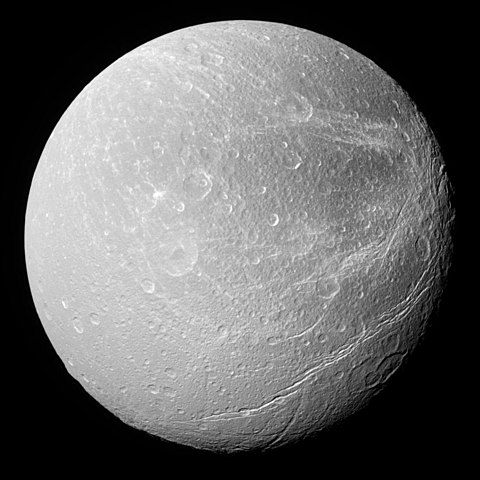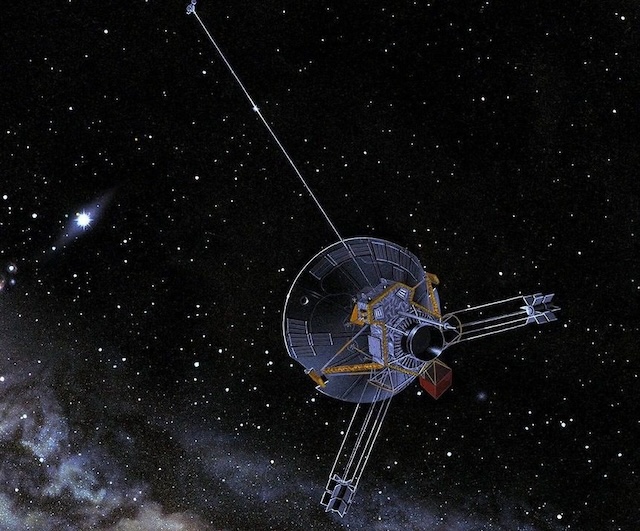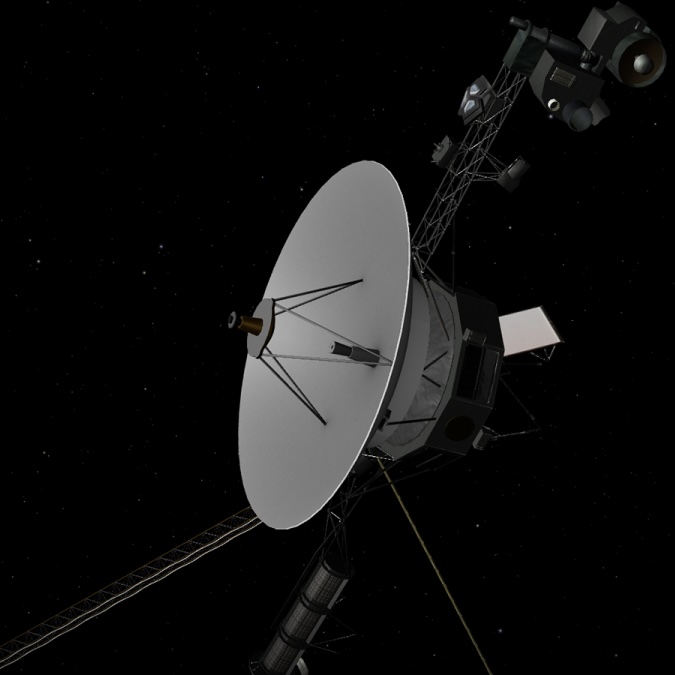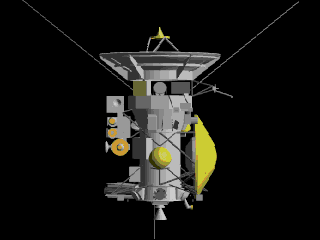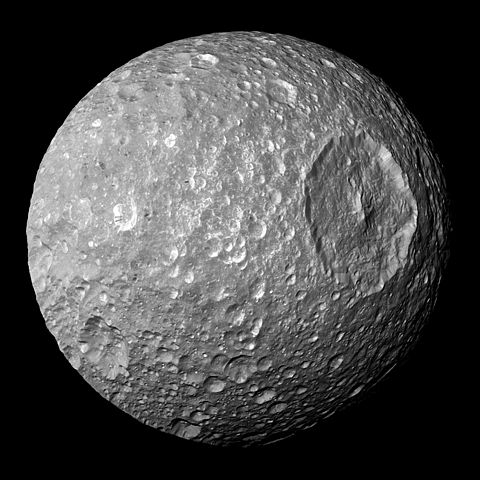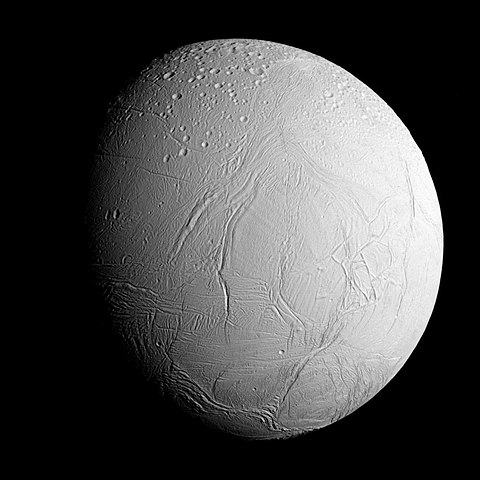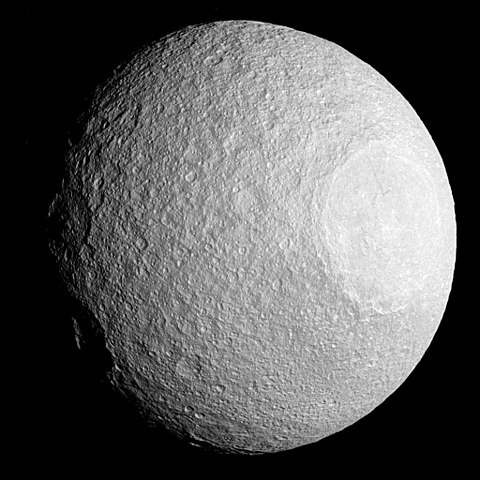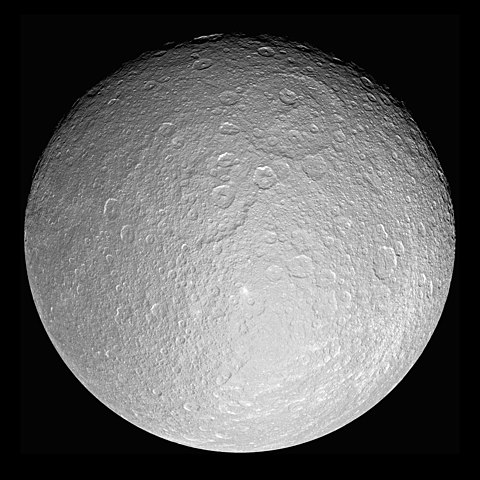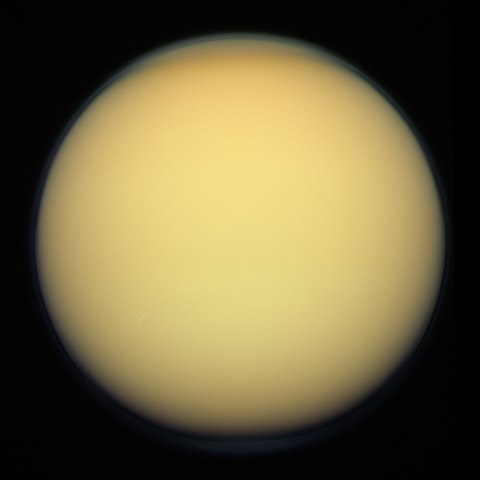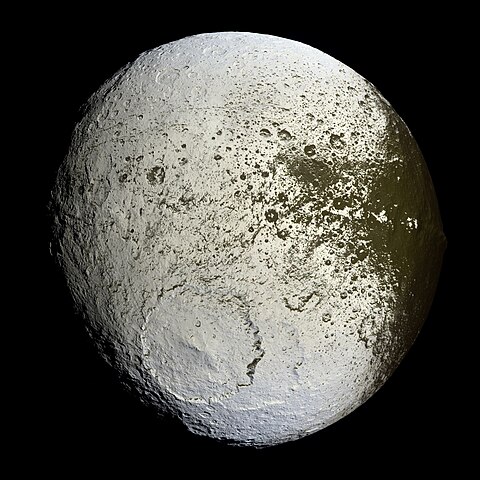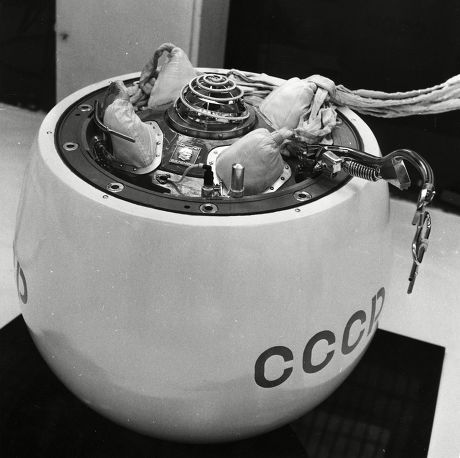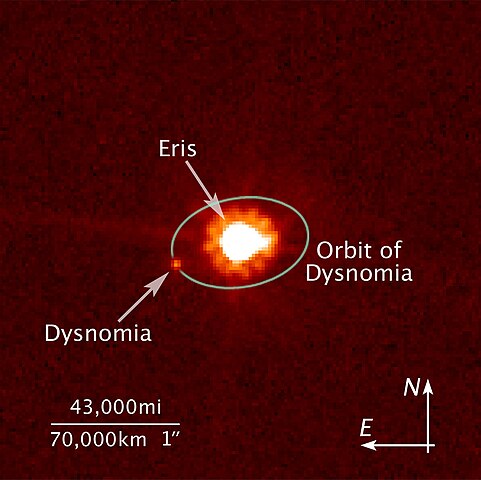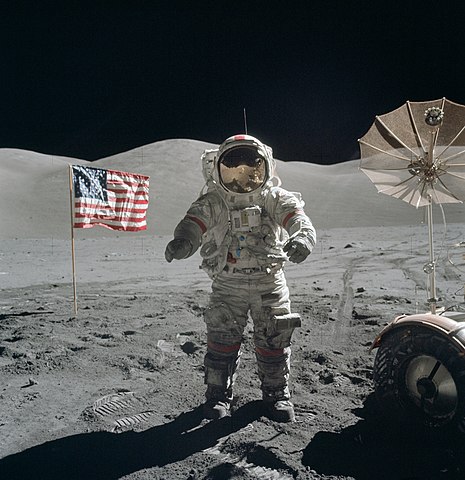1 day / second
0.5 AU
Dione
Moon of Saturn
A mid-sized icy moon marked by bright, wispy terrain patterns and heavily cratered regions, orbiting Saturn at roughly the same distance as our Moon orbits Earth.
Key Facts
learn more | Wikipedia |
mass | 1.0955e+21 kg |
radius | 561.4 km |
semi-major axis | 377,420 km |
eccentricity | 0.002 |
inclination | 26.758º |
longitude of the ascending node | 0º |
argument of periapsis | 0º |
orbital period | 2.738 days |
surface gravity | 0.024 g |
discovery date | March 21, 1684 |
discovered by | Giovanni Domenico Cassini |
name origins | Named after Dione, a Titaness in Greek mythology |
albedo | 0.55 |
rotation | Tidally locked to Saturn |
material composition | Primarily water ice and rock |
density | 1.478 g/cm³ |
Parent Planet
Saturn
A massive ringed gas giant with a distinctive yellow-orange hue, known for its extensive system of icy rings and more than 80 moons, including Titan, the only moon in the Solar System with a thick atmosphere.
Spacecraft Visits
Pioneer 11
Flyby
Launched in 1973, visited in 1979
Pioneer 11 captured distant images of Dione during its flyby of the Saturn system on September 1, 1979, but did not approach close enough for detailed observations of the moon's surface.
Voyager 2
Flyby
Launched in 1977, visited in 1981
Voyager 2 captured detailed images of Dione during its August 1981 flyby, revealing a heavily cratered surface marked by mysterious bright wispy features that were later determined to be ice cliffs.
Cassini
Flyby
Launched in 1997, visited in 2010
During its second targeted flyby of Dione on April 7, 2010, Cassini passed within 500 kilometers of the moon's surface, capturing detailed images of its heavily cratered terrain and mysterious bright streaks.
